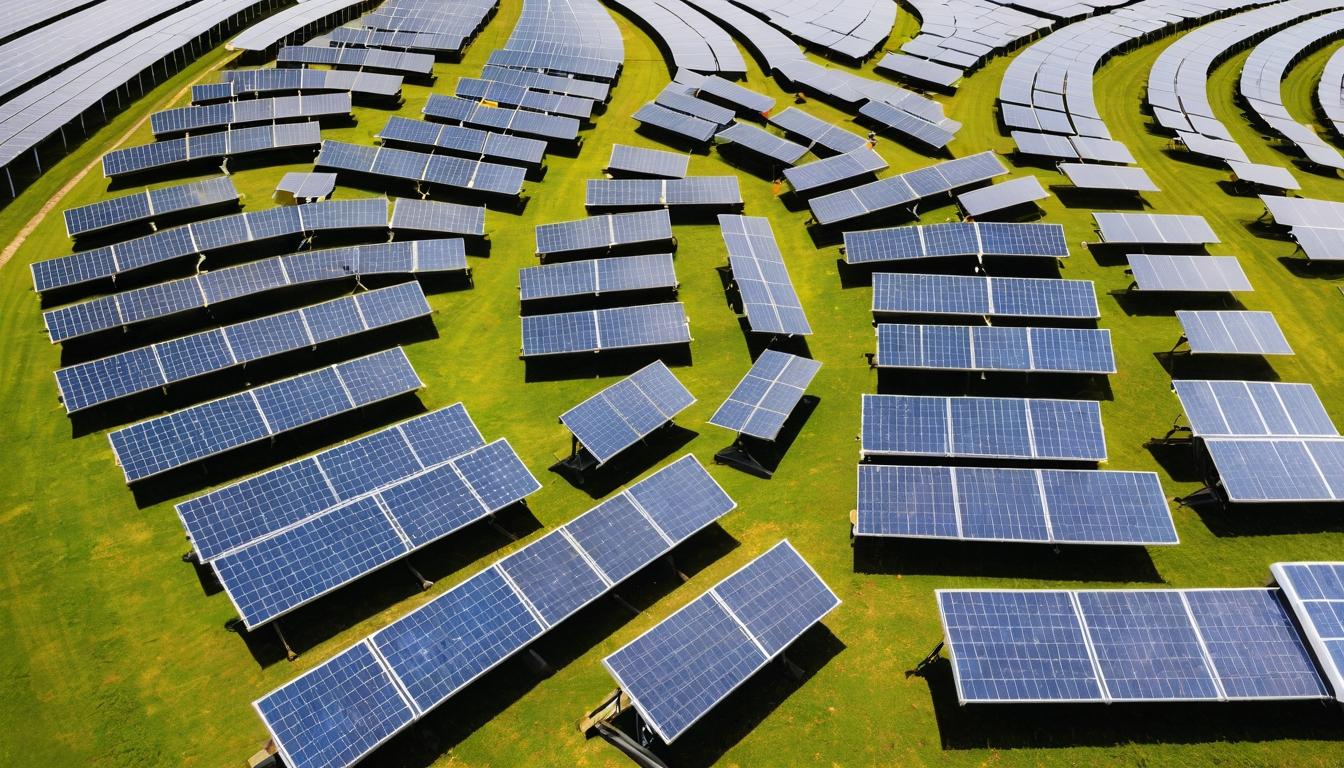The solar panels gleaming on rooftops across America represent more than just clean energy—they're ticking time capsules of future waste. While we celebrate the rapid expansion of solar power, a quiet crisis is brewing in the shadows of this renewable revolution. Millions of panels installed during the early 2000s boom are now approaching their end-of-life, creating a waste management challenge that could undermine solar's environmental credentials if not addressed immediately.
Walking through a solar recycling facility feels like stepping into a high-tech autopsy room. Workers in protective gear carefully dismantle panels that have served their 25-30 year lifespan, separating glass, aluminum, silicon, and precious metals with surgical precision. The process reveals both the complexity of solar technology and the enormous opportunity hidden within what many consider mere trash. Each panel contains valuable materials worth recovering, from silver contacts to high-purity silicon that can be repurposed for new panels.
Current recycling rates tell a sobering story. Less than 10% of decommissioned solar panels in the United States currently enter proper recycling streams. The rest face uncertain fates—landfilled, stockpiled in warehouses, or shipped overseas where environmental regulations may be less stringent. This isn't just an environmental concern; it's an economic missed opportunity of staggering proportions. By 2050, the International Renewable Energy Agency estimates that recovered materials from solar panels could be worth over $15 billion globally, creating a circular economy that reduces mining demands and manufacturing costs.
Several states are waking up to this challenge with groundbreaking legislation. Washington recently became the first state to mandate comprehensive solar panel recycling, while California and New York are developing similar programs. These regulatory frameworks aim to shift responsibility from individual consumers to manufacturers, creating extended producer responsibility systems that mirror successful electronics recycling programs. The legislation represents a crucial step toward building the infrastructure needed to handle the coming wave of solar waste.
Technological innovation is racing to keep pace with the growing recycling challenge. Startups are developing novel approaches that go beyond traditional mechanical separation. Some companies use thermal processes to break down the ethylene-vinyl acetate that binds panel components, while others employ chemical treatments to recover high-purity materials. The most promising developments involve designing panels with recycling in mind from the start—using easily separable materials and standardized components that simplify the end-of-life process.
The economics of solar recycling are reaching a tipping point. As panel volumes increase and recycling technologies improve, the cost of recycling is dropping while the value of recovered materials rises. Several companies have developed business models that actually turn a profit from panel recycling, challenging the notion that environmental responsibility must come at a financial cost. These enterprises are proving that sustainable practices can be both ecologically sound and economically viable.
Consumer awareness remains a significant barrier to widespread solar recycling. Many homeowners don't realize that their aging panels contain valuable materials or that improper disposal could create environmental hazards. Education campaigns are emerging to bridge this knowledge gap, helping consumers understand their options when panels reach end-of-life. Some solar installers are now offering take-back programs, while others partner with recycling facilities to ensure proper handling of decommissioned systems.
The international landscape reveals both challenges and opportunities. Europe leads in solar recycling infrastructure, with established systems handling thousands of tons annually. Meanwhile, developing nations face different challenges—balancing the urgent need for clean energy with limited waste management capabilities. Global cooperation will be essential to ensure that solar's environmental benefits aren't undermined by improper disposal practices in regions with less regulatory oversight.
Looking ahead, the solar industry stands at a crossroads. Will it embrace circular economy principles and build sustainable end-of-life systems, or will it repeat the mistakes of other industries that externalized their waste problems? The answer will determine whether solar power remains the environmental solution it promises to be or becomes another source of pollution in disguise. The choices made today will echo for decades, shaping not just our energy landscape but our environmental legacy.
What's clear is that the future of solar depends as much on how we handle its end as its beginning. The panels being installed today will eventually need to be replaced, and the systems we build now will determine whether that process strengthens or undermines solar's environmental mission. The revolution in solar recycling isn't just about waste management—it's about completing the circle of sustainability that makes renewable energy truly renewable.
The hidden revolution in solar panel recycling and what it means for our future

